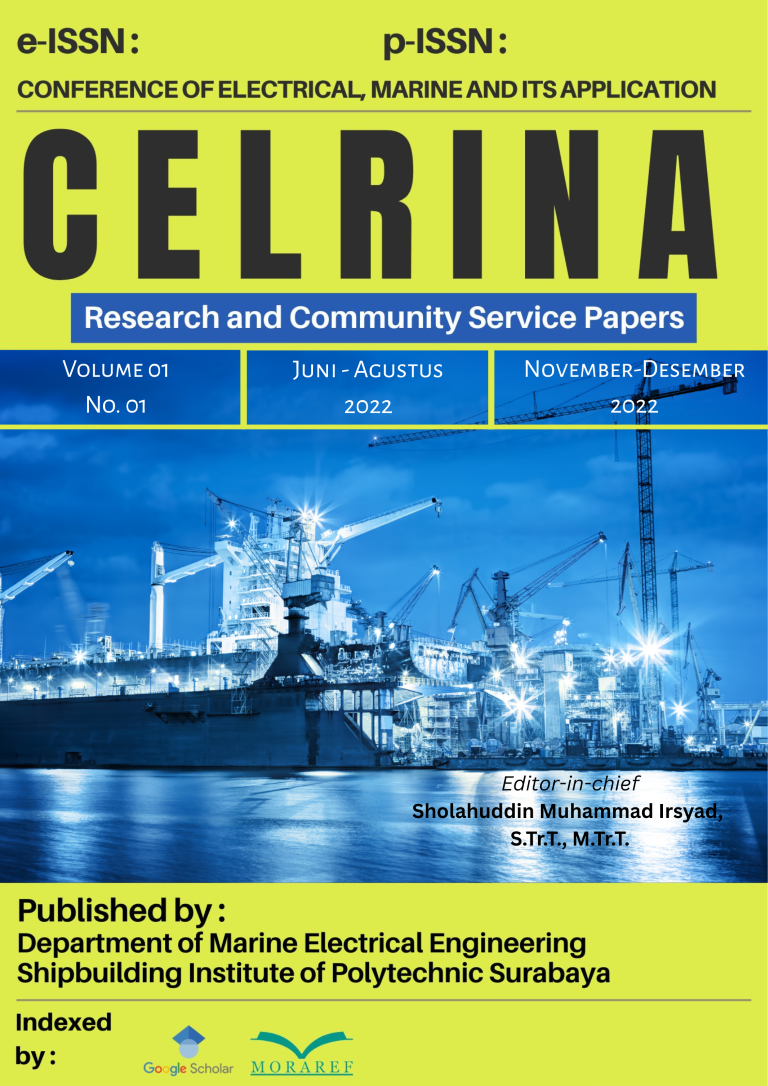Community Empowerment Through DC Motor Speed Control Using PSIM-Based Full Wave Rectifiers
Keywords:
Speed controller, DC motor, Fully controlled rectifier, PSIMAbstract
The use of an autotransformer for motor control has various drawbacks, particularly in terms of cost-effectiveness. When an autotransformer malfunctions, it necessitates a more practical and economical alternative for controlling the speed of series-wound DC motors. Utilizing PSIM simulation software facilitates system design in the field, significantly saving time, effort, cost, and reducing risks associated with failure. Once the system design aligns with specifications, a full-wave controlled rectifier is incorporated into the DC motor, followed by the adjustment of the firing angle. However, sourcing new components for such systems poses challenges due to high costs. The system employs a single-phase 220V AC supply, which is rectified by the full-wave controlled rectifier circuit. It was observed that the firing angle inversely affects the rotational speed of the series-wound DC motor under torque loads of 0 Nm, 1 Nm, and 2 Nm. The rectifier circuit simultaneously functions as both the DC power supply and the speed controller for the motor. Using PSIM simulation software minimizes potential losses caused by failures during the system design process. The speed control of series-wound DC motors is achieved by adjusting the firing angle of the thyristor. Increasing the firing angle reduces the motor's speed, thereby optimizing operational control. Compared to previous studies, this approach demonstrates advancements in the use of a full-wave controlled rectifier within the system, emphasizing enhanced practicality and efficiency for community-focused applications.




